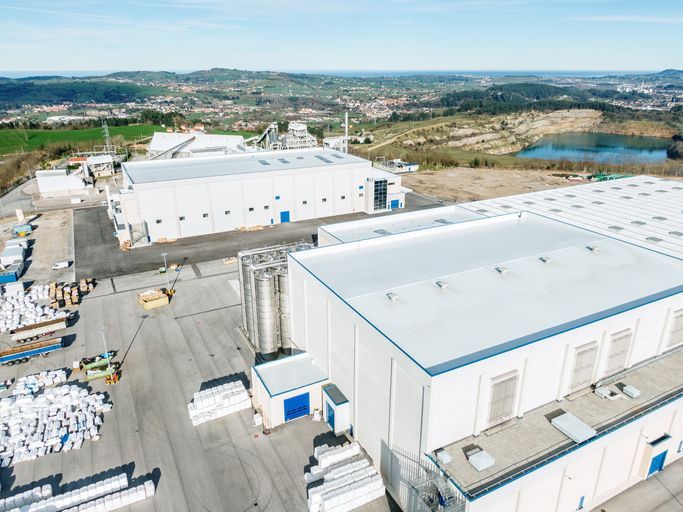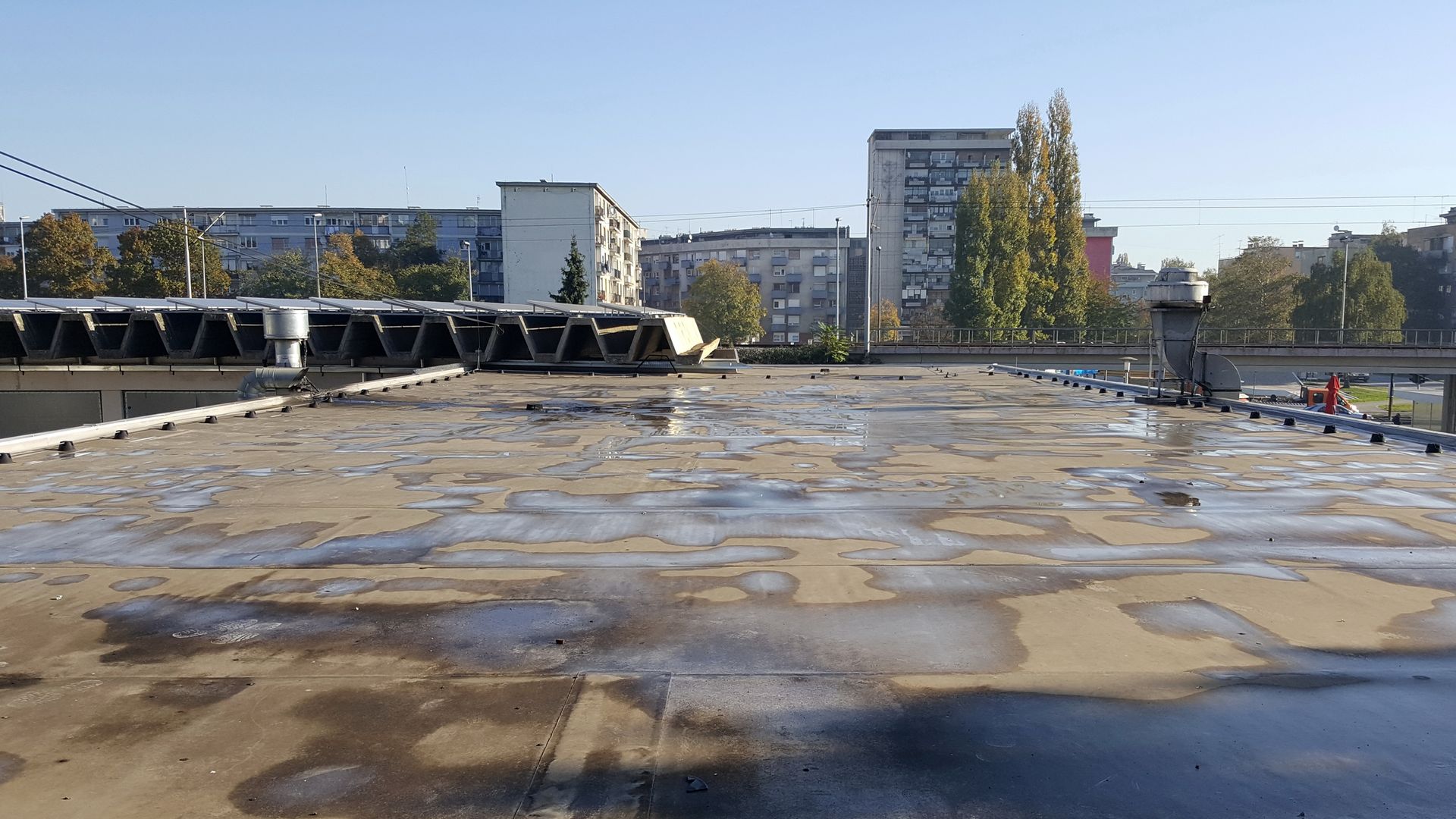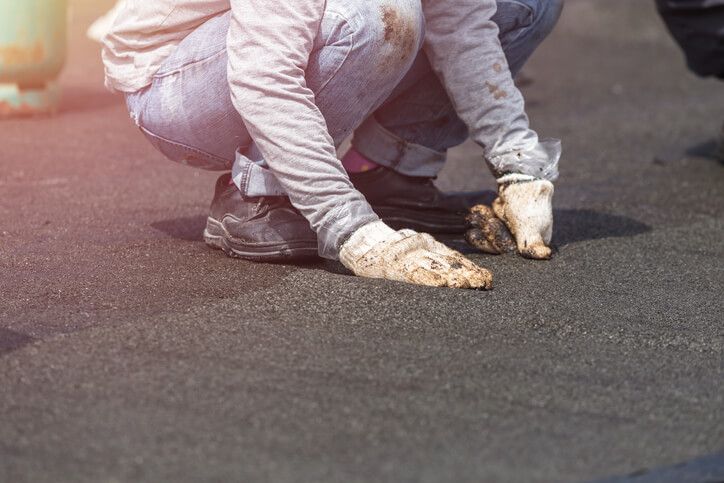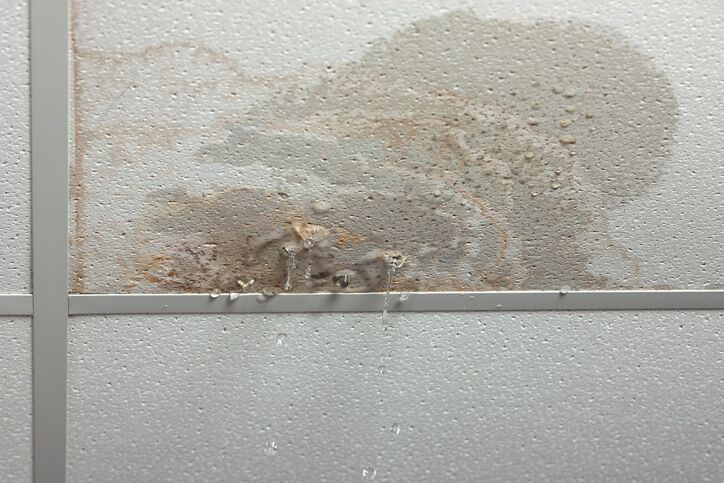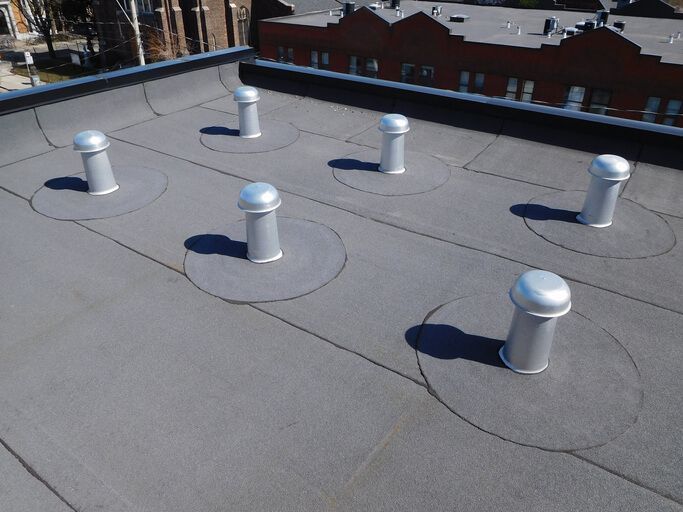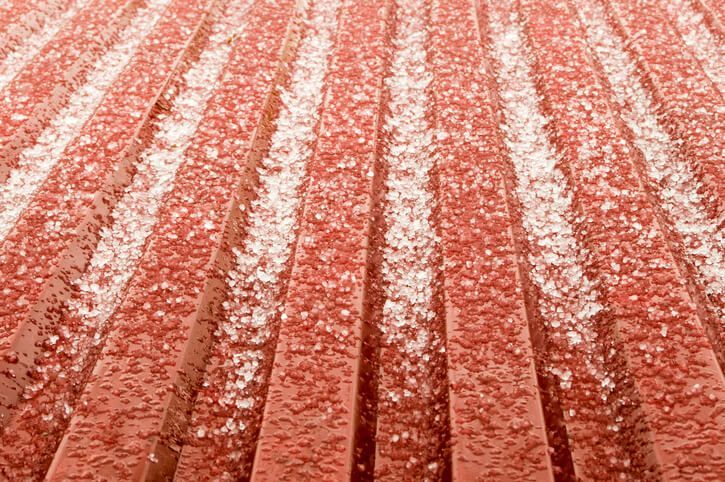Does My Commercial Roof Need Repair?
When your commercial roof begins to fail, the signs can be obvious or may be subtle enough that they go unnoticed. The longer these issues persist without intervention, the more likely you are to experience further damage such as leaks. Leakage can spread throughout the commercial property and cause more significant damage.
Identifying these issues quickly and having the proper roof repairs completed can help you mitigate the risk of more costly damage such as roof leaks. To help you better understand common roof issues, we’ve put together a comprehensive list of roof issues and how to recognize them.
Sagging Roof Areas
If you have noticed any sagging areas of your roof, it is crucial to contact our roofing professionals immediately. A sagging roof can occur for a variety of reasons. The most common cause is accumulated moisture from heavy snow or rainfall on the roof’s surface.
The best way to prevent sagging is to clear the roof when moisture or snow has built up to prevent the extra weight from straining the roofing materials.
Roof Bubbles
While inspecting your roof, roof bubbles or blisters may indicate that your roof was not properly installed. In some cases, these bubbles are subtle at first and become more noticeable as time goes on.
When moisture becomes trapped under the roofing materials, it eventually evaporates and creates a bubble. These bubbles leave an opening for water to seep into the roofing materials, which can cause serious damage to the structure of the building.
Clogged Drains
Clogged drains are a sign of roof damage that often goes unnoticed. If you have noticed that there is more water coming from your exterior downspouts than what is landing on your roof, this could be a sign you have clogged drains.
If you have a substantial amount of water coming from your downspouts, inspect your roof for any signs of a clogged drain or water pooling on the roof. Ponding water will cause deterioration to the insulation layer as well as cause moss and other debris to collect.
If water is ponding on the roof surface, it will eventually seep into the roof materials and cause major damage not only to the roofing but also to the building itself. With regular maintenance and inspection, you can ensure the drains are working properly, and the roof remains free of pooling water.
Seaming Gaps
Many commercial roofing systems require seams to join the waterproof materials over the top of the roof’s decking. The problem with seams is that water can get through them and seep into the roof. The roof will need to be inspected to ensure there are no faulty seams that could compromise the waterproof properties of your roof.
If you notice any faulty seams, it is crucial to contact our roofing professionals right away.
Moisture Infiltration
If you have noticed water leaking into your building, then it is because there is moisture infiltrating the roofing system. Common signs that your roof is leaking include water stains on the ceiling and water dripping down corridors or hallways, as well as more subtle signs such as a damp or musty smell coming from the roof.
It is crucial to act quickly at the sign of leakage to get the repairs needed to extend the life of your roof and protect the structural integrity of your commercial building.
Failed Flashings
Flashings are a critical component of your roof because they create the seal between your roof and other structures such as vents or chimneys. Poorly detached, deteriorating, or missing flashings can indicate that there is something wrong with your roofing system.
Damaged or missing flashings can lead to water infiltration, so be sure to contact our roofing professionals to assess the damage as soon as possible so we can make repair or replacement recommendations.
Work with ACR-1 for Your Commercial Roofing Needs
At ACR-1, we work to provide our clients with top-quality commercial roofing solutions. If you have noticed any of these issues with your roof, be sure to contact our team of professionals today so we can assess your roof and make recommendations for repair or replacement.
Contact us today to learn more!
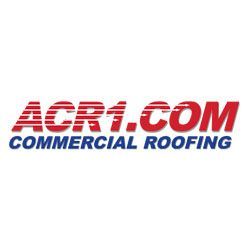
Author:
Floyd Mason
Born and raised in farming in Iowa
Worked in and around construction since 1977
BS in Corporate Finance and Financial & Estate Planning from Brigham Young University. Involved in Boy Scouts of America for more than 35 years, Scoutmaster 15 years Estimator, Project Manager, Sales Representative, Crew Leader, Laborer, Territory Manager, District Manager, Regional Manager, National Sales Manager,
ACR1.COM Sales & Marketing Manager since 2013.
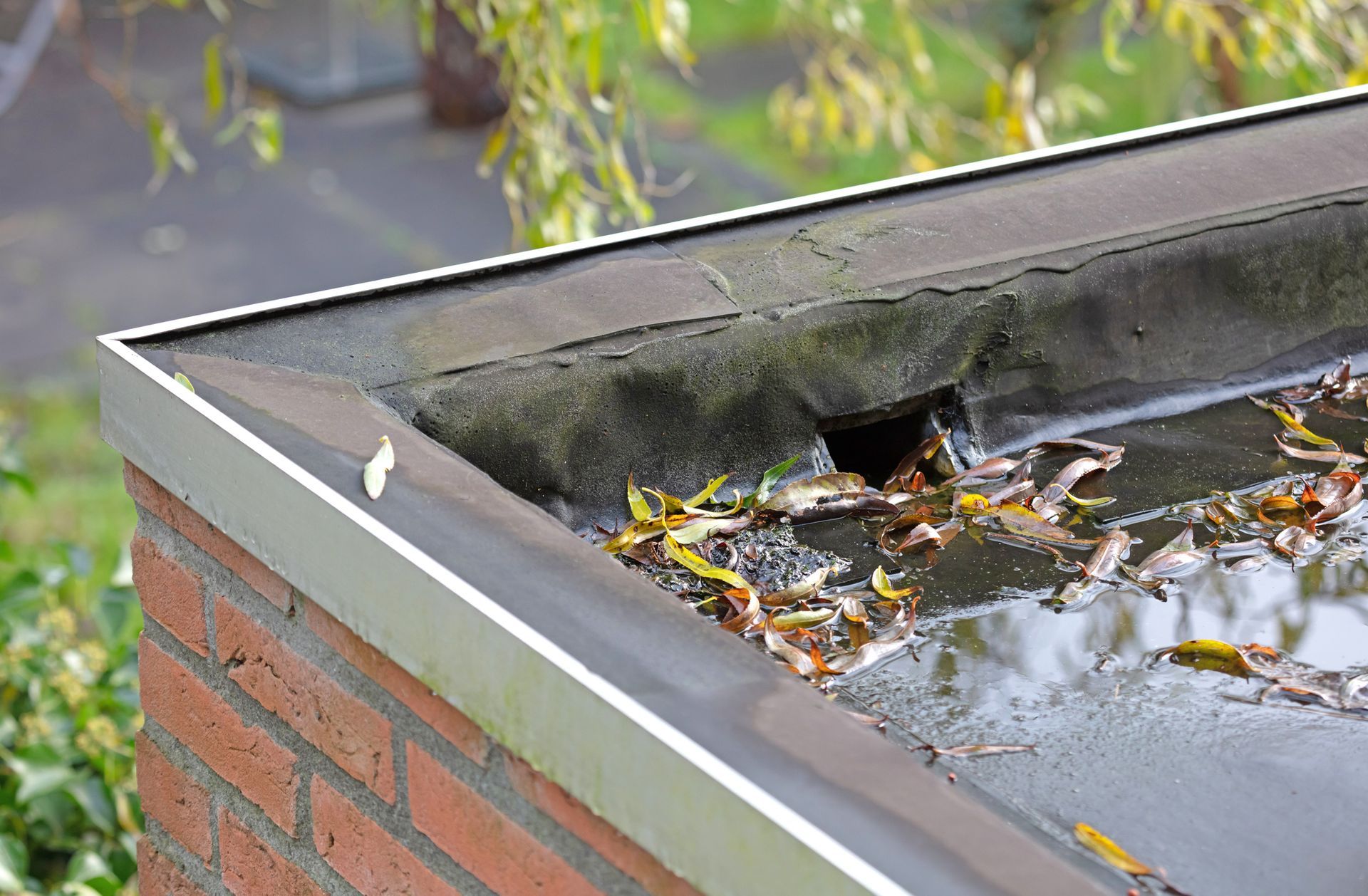
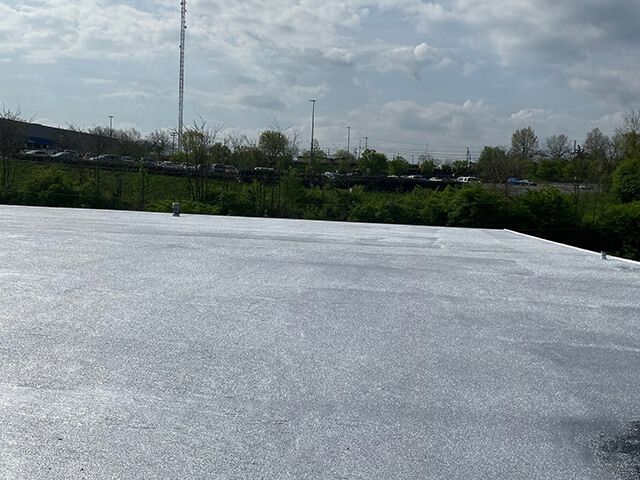
CONTACT US
Leaky roof? Want an estimate or roof inspection for your building? Contact us to schedule your service!
Contact Us
We will get back to you as soon as possible.
Please try again later.
Headquarters:
INDIANA OFFICE
1924 N ELM ST
MUNCIE, IN 47303
(317)820-2418
Quick Links


